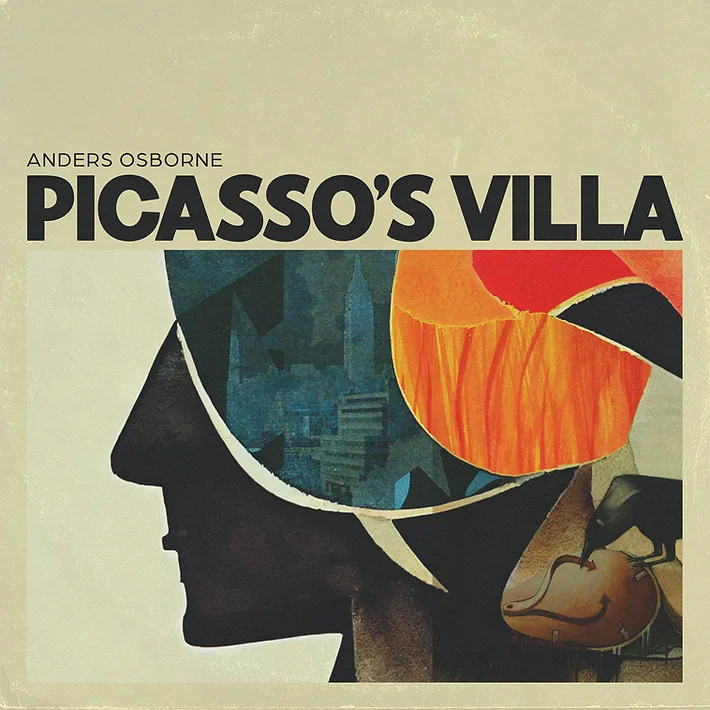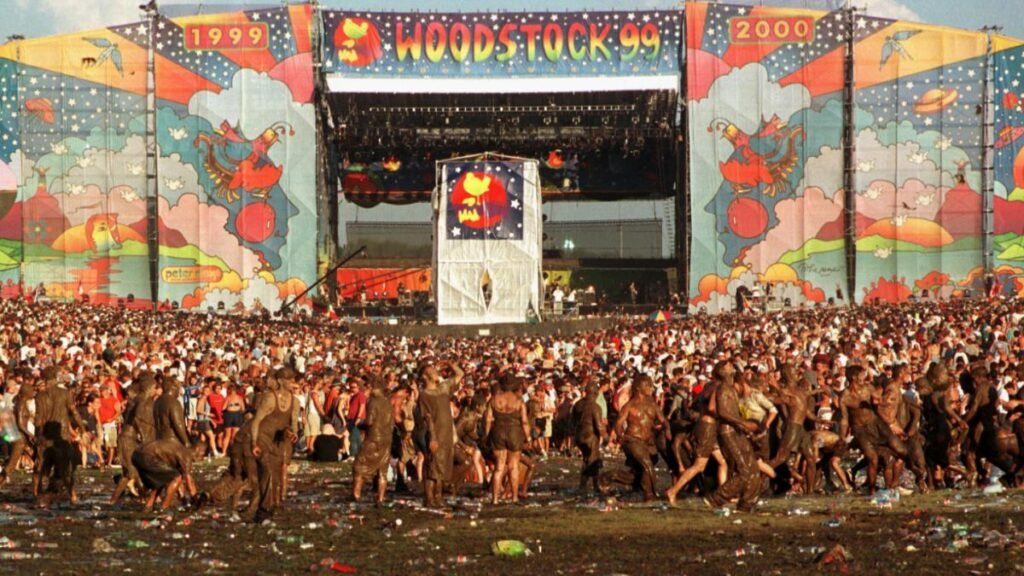Introduction
New Orleans, often referred to as the “Birthplace of Jazz,” is a city with a rich musical heritage that has significantly shaped the landscape of American music. From the early sounds of jazz and blues to the vibrant rhythms of funk and rock, New Orleans’ music scene is a melting pot of cultures, styles, and influences. This article explores the history of New Orleans music, its distinctive characteristics, and the vibrant contemporary scene, culminating in a spotlight on the “What is Hip?!” Radio Show, which showcases the best of NOLA music all night long.
The Birthplace of Jazz: Early Beginnings
The music of New Orleans is deeply rooted in the city’s diverse cultural heritage. In the late 19th and early 20th centuries, the city was a bustling port with a rich mix of African, Caribbean, French, Spanish, and Creole cultures. This unique cultural blend laid the foundation for the creation of jazz.
Jazz and Ragtime: Jazz emerged in the early 1900s, with pioneers like Buddy Bolden, Jelly Roll Morton, and Louis Armstrong leading the charge. These musicians fused elements of ragtime, blues, and brass band music, creating a new, improvisational style that would revolutionize the music world. The lively and spontaneous nature of jazz captured the spirit of New Orleans, with its vibrant street parades and festive atmosphere.
The Evolution of New Orleans Music
Blues and R&B: As jazz gained popularity, New Orleans also became a hub for blues and rhythm and blues (R&B). Artists like Professor Longhair and Fats Domino brought a distinct New Orleans flair to these genres, characterized by infectious rhythms, soulful melodies, and a blend of piano and brass instruments.
Funk and Rock: The 1960s and 70s saw the rise of funk, with New Orleans playing a pivotal role in its development. The Meters, led by Art Neville, were instrumental in defining the sound of funk with their syncopated rhythms and groovy bass lines. At the same time, New Orleans rock bands like Dr. John blended rock with traditional NOLA sounds, creating a unique musical fusion.
Brass Bands and Second Line: Brass bands have long been a staple of New Orleans music, often associated with the city’s famous second line parades. These processions, rooted in African-American cultural traditions, feature vibrant brass band music, dancing, and community celebration. Bands like the Rebirth Brass Band and the Dirty Dozen Brass Band continue to carry on this lively tradition, infusing it with contemporary influences.
Contemporary NOLA Music Scene
Today, the New Orleans music scene remains as vibrant and diverse as ever. The city continues to produce talented musicians who push the boundaries of traditional genres while staying true to their roots.
New Music by Little Feat, Stanton Moore, and Anders Osborne: Artists like Little Feat, Stanton Moore, and Anders Osborne exemplify the dynamic and evolving nature of NOLA music. Little Feat, known for their eclectic blend of rock, funk, and blues, have a sound deeply influenced by New Orleans. Stanton Moore, drummer for Galactic, brings a modern twist to traditional NOLA rhythms with his innovative drumming style. Anders Osborne, a Swedish-born singer-songwriter, has made New Orleans his home and seamlessly incorporates the city’s musical influences into his soulful rock and blues performances.
Jazz Revival and Innovation: New Orleans remains a hotbed for jazz innovation, with musicians like Trombone Shorty, Nicholas Payton, and the Preservation Hall Jazz Band continuing to push the genre forward. These artists honor the rich legacy of jazz while introducing new elements and styles, ensuring the genre’s ongoing evolution.
Tune into the “What is Hip?!” Radio Show
For those looking to immerse themselves in the best of New Orleans music, the “What is Hip?!” Radio Show is a must-listen. Broadcasting all night long into the morning, this show features an eclectic mix of NOLA music, from classic jazz and blues to contemporary funk, rock, and beyond.
Show Highlights:
- New Releases: The show spotlights new music by Little Feat, Stanton Moore, Anders Osborne, and other contemporary artists who are shaping the NOLA music scene.
- Classic Hits: Listeners can enjoy timeless tracks from New Orleans legends like Louis Armstrong, Fats Domino, and Dr. John, providing a rich musical journey through the city’s history.
- Live Performances: The show often features live recordings and exclusive performances, capturing the raw energy and spontaneity that define New Orleans music.
- Community Stories: “What is Hip?!” also delves into the stories behind the music, exploring the cultural and historical contexts that have shaped New Orleans’ unique sound.
The Influence of New Orleans Music
The influence of New Orleans music extends far beyond the city’s borders. Its innovative styles and rhythms have left an indelible mark on genres like jazz, blues, rock, and funk, influencing countless artists and shaping the course of American music.
Global Impact: From the jazz clubs of New York to the blues bars of Chicago, the sounds of New Orleans have inspired musicians and captivated audiences worldwide. The city’s musical legacy continues to inspire new generations of artists, ensuring that the spirit of New Orleans music lives on.
The music of New Orleans is a rich tapestry woven from the diverse cultural threads that make up the city’s history. From the early days of jazz and blues to the modern sounds of funk and rock, New Orleans has continually pushed the boundaries of musical innovation. The “What is Hip?!” Radio Show offers a unique opportunity to experience this vibrant musical heritage, celebrating the past while showcasing the exciting new sounds emerging from the Crescent City. Tune in, let the music transport you, and discover why New Orleans remains a vital and dynamic force in the world of music.



